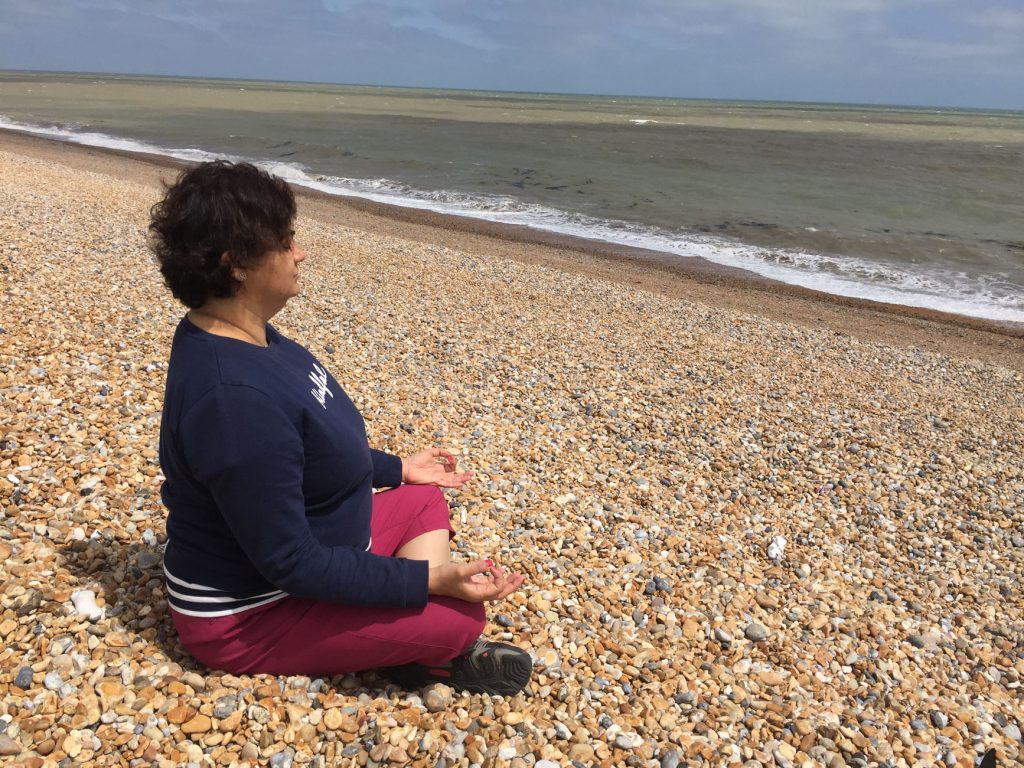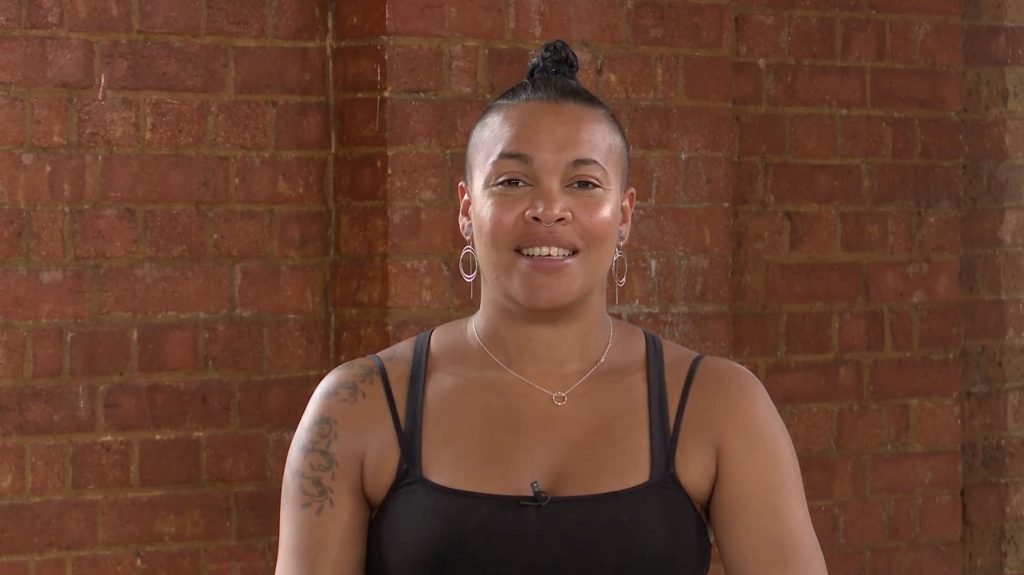
Do you want a daily meditation habit? In this article, Rakhee Jasani discusses why meditation is the key to unlocking yoga and how she built her daily meditation habit.
Yoga is meditation and meditation is yoga. We have become accustomed to the idea that yoga is exclusively a movement practice, yet the making of shapes is a tiny sliver of yoga. I believe that having a daily meditation habit is not only the key to unlocking yoga’s secrets but also opens up the path to leading happier, more compassionate lives graced with greater self-awareness.
In Patanjali’s yoga sutra, often proffered as the guiding text of yoga, the first chapter is entitled ‘samadhi pada’. Samadhi can be translated as meditative absorption or contemplation and meditation is presented as the main practice on the way to becoming one. Asana (literally seat) or postural yoga as we know it, is only one rung on the ladder. Asana is important because it helps to prepare the body for the continual and constant practice it takes to achieve ‘moksha’ (‘freedom’ or ‘liberation’) which is the ultimate goal of yoga.
I would go as far to say that without a meditation practice, an asana practice is not yoga. I would go even further and add that any movement practice or practice of embodiment that leads us to a meditative path is ‘yoga’. So if meditation is a key component to yoga, how do you build a daily practice? And does meditation need to be a formal, sitting practice or can movement be ‘meditation’
What is meditation?
It might be helpful to establish what meditation is. Simply put, meditation is training the awareness to focus on something. This (the object of focus) could be the breath, the body, a mantra, or another distinct object. It could be the feeling of the body sat on the floor, or it could be the ‘mindfulness’ of watching thoughts drift by. Meditation is a way to train attention and to get beyond reflexive and discursive thinking. There are a number of different techniques you could use, and I would encourage you, when starting out, to experiment and find what works for you. And remember, techniques are just that… techniques. Trust that you will find the one that works for you.
Does meditation need to be seated? Well, no! Meditation can be done lying down, seated, standing or walking. For me, the whirling circles of the dervishes or singing, chant and prayers can all be meditative. And asana? Well, that too – certainly asana when approached as a meditative practice with a single-pointed focus.
Building a daily meditation habit
Building good habits can be hard. So acknowledge that it takes time and persistence. As you begin to build a more consistent practice, you will also find yourself doubting what you are doing. Know that it is natural and trust that you will be able to build a consistent daily habit. If you lapse, don’t beat yourself up about it. After all, what will that achieve? But rather, know that you are human and are doing your best, just like everyone else. Start again, even if you have to do it a hundred times or more. That is a part of your meditation journey.
Treat your doubts in the same way. Are you doing it right? Probably yes. Does it feel odd, and weird and pointless? Yes, sometimes. But know, that very much like the practice of asana, you won’t know how far you’ve come until there is plenty of water under the bridge and you have been on the path awhile.
The following are my top ways to build a daily meditation habit.
1. Commit
Sometimes we can put ourselves off an idea by overthinking or projecting too far into the future. Commit to meditating each day – not for a particular length of time, but just to doing it. Then make sure you do it. Don’t beat yourself up if you miss a day, but remind yourself why you made the commitment in the first place. Even 5 minutes a day adds up and if you do find the act of meditating challenging to begin with – it can feel an age. Gradually you can build up the time you meditate. I have recently been meditation for thirty minutes a day. Some days, I don’t notice the time but on others I can feel each minute pass. I’m not rigid about it though. If I only have five minutes – I’ll take that!
2. Consistency
Once you have committed to meditating, try to have a consistent practice. So decide when you will meditate. It’s best to have a ‘trigger’ rather than a time. I find that meditating first thing in the morning works best for me. I do this sitting up in bed before anything or anyone else has a chance of interrupting. Sometimes I journal first – but apart from that, I’ve found this to be the best time for me. Now I have built the habit – I can deviate from this a little – but generally I stick to what works!
3. Work with a guide
It can be hard to form a habit without having some buddies to back you up! I have practiced with an app, with friends, met a group and over the past year, I have been sitting (almost) daily with a virtual community. (Oh, and those worried about the whole sitting in bed thing – there are no cameras!). If you are starting out, try this series from Nikita:

I recommend sticking to one technique for a week or two before moving on.
4. Space
Where should you meditate? Anywhere. I find it helps to meditate in the same space daily. The thing you might want to vary though is your meditation posture. There is no advantage of sitting on cushions over sitting on a chair. Both are great and depend on what works for you. Lying down, standing and walking are also helpful. Eyes open or eyes closed. Again, I would encourage you to try both. You might find that eyes closed help you to turn inwards more readily, however this might also trigger anxiety. If your eyes are open try a lowered and soft gaze.
5. Stillness
I think that many of us get thrown off course by the crushing weight of needing to be still. But, in reality, when we are still, there is movement – the moving ripple of our breath ebbing and flowing; our thoughts cascading; our blood pounding as it courses to reach our cramping foot; the beating of our heart; our pulsing in and out. All of this captured within a body that is never still. The converse of this, is of course, the stillness we find in our movement, maybe just focussing on our breath. In walking meditation, we place one foot in front of the other slowly, with attention, mindfully. And… you don’t have to walk in meditation like an automaton – just in a way as not to startle your attention.
___________________________________________________________________________________________________________________
About Rakhee Jasani:

Rakhee Jasani is a yoga teacher for MFML as well as being the Wordsmith Maven. As a child, Rakhee always had her nose in a book, so it’s little surprise that she now tames words. As she grew up she found that it was equally fun to spend time in her body as well as her mind. Rakhee edits the MFML blogs and writes and curates the courses and challenges.





Leave a Reply